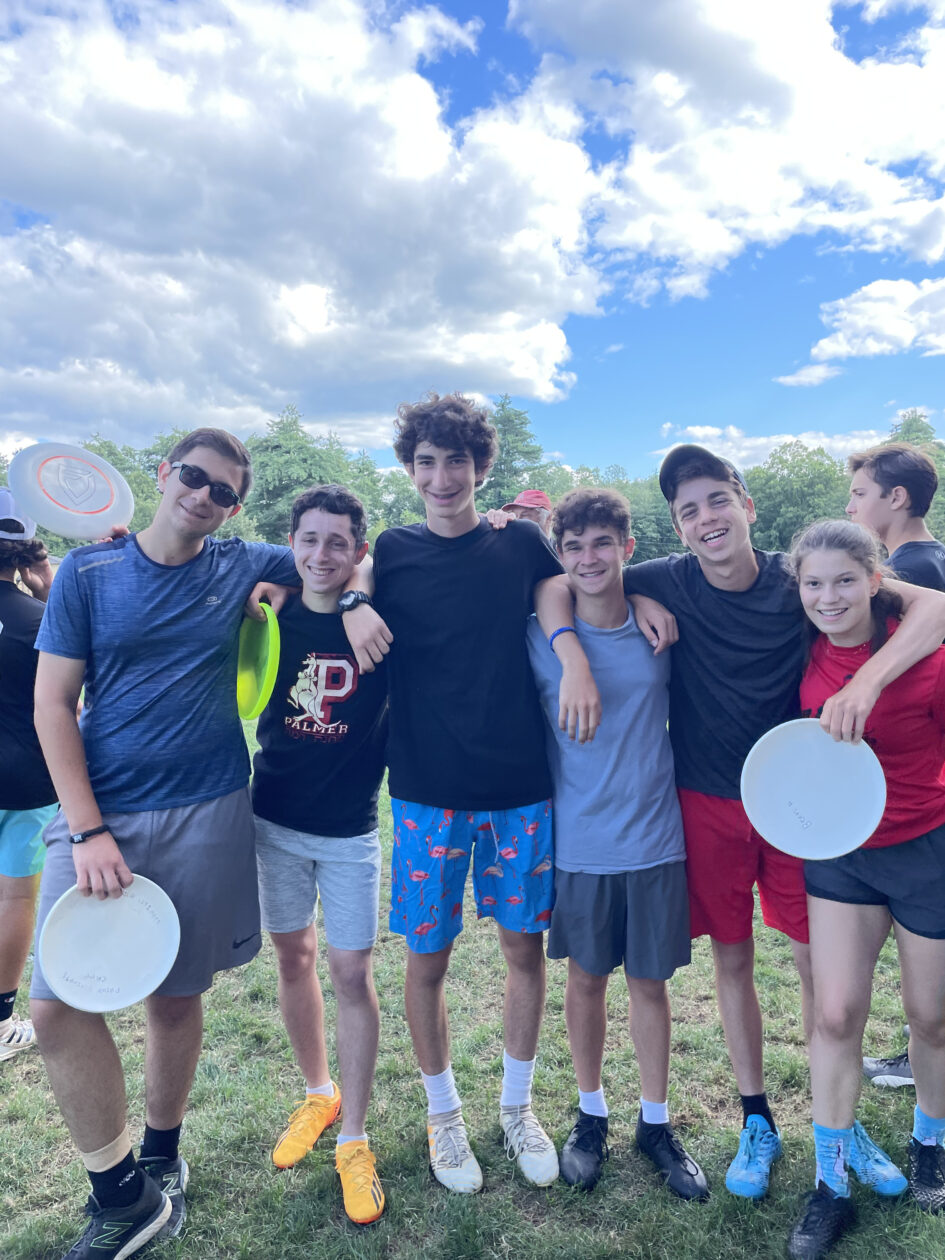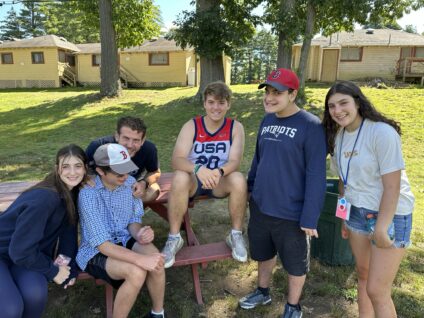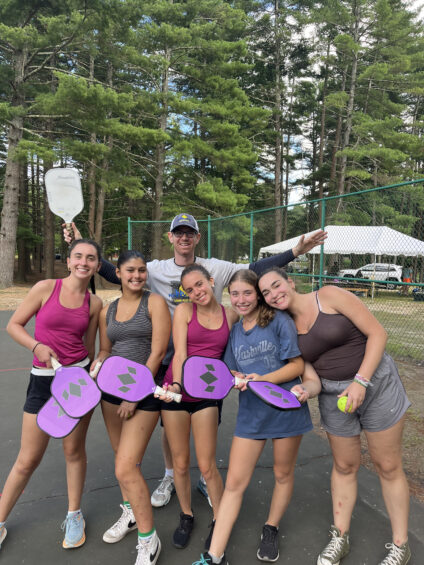Mah Ramah (What is Ramah)?

Every year, I hold what I call press conferences with our two oldest edot (age groups), Machon and Nivonim. We talk about all sorts of things from the mundane, like why don’t we have Roo Brew coffee for campers, to the more theoretical, like why don’t we have Roo Brew for campers. But seriously, they ask great questions about why we require tefilot, the biggest changes I have seen at camp over the years, our future plans for camp, and my biggest regret as director. In turn I ask them a series of questions and listen to them.
This week, we wrapped up Machon’s annual journey to answer, “Mah Ramah” (What is Ramah)? We explore what makes Camp Ramah New England a unique and special experience. Every year campers talk about the incredible friends they have made here, some of the amazing activities like Six Flags and Yom Roo, and the wonderful community where they feel loved.
At this point, I probe deeper to ask them which Ramah values make these experiences so special. We talk about Ramah as a game of Jenga. You can pull out many pieces of the tower and it will still stand, but there are some pieces that are so significant structurally that the tower will fall if they are pulled out. Or the tower will fall if too many pieces are pulled out.
I ask them: which pieces of Ramah are essential? The answers vary from year to year and often include: Ruach (spirit), Shabbat (especially the Friday night experience, the free time with friends, and the Saturday night shira (singing experience), and the sense of belonging and being valued.
Every year I read them excerpts from an article written by Herb and Barbara Greenberg, the founders of our Tikvah Program. Tikvah was founded in 1970 at our camp (Ramah Glen Spey, which was merged into Camp Ramah New England) after being offered to other Jewish camps and all the Ramah camps at that time. Every director turned it down, according to the Greenbergs, for the following reasons:
(a) it would dilute the level of Hebrew in the camp because of the accommodations that would have to be made for this “special” group;
(b) it would create fear and anxiety throughout a community that had no previous exposure to a similar group;
(c) it would become a financial burden to the camp and the movement, because of the higher staff-to-camper ratio that would be required;
(d) it would frighten away “normal” campers whose parents would be afraid to send their children; and
(e) it would require the services of many specialists who would have limited, if any, Judaic background.
The other really fascinating thing is that this Tikvah experience was revolutionary in community and education inclusion. As the Greenbergs assert:
Ramah’s decision in 1970 to integrate a special education group into a non-handicapped community was unprecedented. It was historically significant since there existed neither school nor community integration models at the time on which to base any prediction of success. No one really knew whether it was beneficial to remove developmentally disabled adolescents from restrictive settings at home and in schools and then challenge them with “inclusion” in an established environment which demanded high social and behavioral expectations.
So why did Donald Adelman, the director of Ramah at the time, agree to do it? The Greenbergs continue:
He viewed the proposal as a unique opportunity for Ramah to demonstrate its ability to become an “outreach” institution at the same time that it continued to concretize the values it had always espoused. His vision expanded the role of Ramah, as he believed that the institution had the strength and flexibility to serve the Jewish community responsibly with regard to its handicapped members, while simultaneously continuing its mission of preparing youth for roles of Jewish communal leadership. Thus was born the Tikvah Program at Camp Ramah.
My goal as a Ramah leader is to convince young people that Judaism is relevant and has something important to say about how we live our lives and how we derive meaning in our existence. I want Ramah to fortify them with a strong community, great role models and a lifelong Jewish connection so that they keep engaging in the Jewish community and continue learning.
What is so important to me about Tikvah and Donnie Adelman’s view is that I believe that it captures the most important value in the Torah and in Judaism. Every single person is created in God’s image and has value. Our Amitzim, Ma’avar Voc Ed and Voc Ed programs are one way we demonstrate this, but the Tikvah idea is much bigger. In a time when our youth are feeling more anxiety, more stress, less secure and often on the margins, Ramah says, “you belong.” That is why we pour so many resources into camper care and support, that is why we proudly welcome members of the LGBTQ+ communities and that is why we talk about these values in divrei Torah and on the sports fields.
Mah Ramah? Ramah is a place where campers feel that their most meaningful experiences include both scoring a goal during the big intercamp sports event and their role in the joint Machon and Amitzim play.

